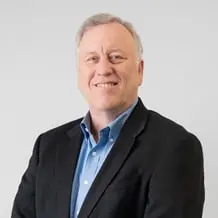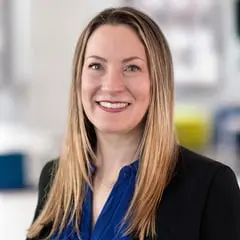 | 1 LU | HSW |
 | 1 LU | HSW |
Call to Action:
Abstract: Take a historic look at the country’s first Junior High School and its evolution to today and looking to the future, told through lens of Metro Schools...The Metro School’s vision is to provide a small and intellectually vibrant learning community designed to serve students who want a personalized learning experience that prepares them for a connected world where math, science, and technology are vitally important. All Metro students engage in a personally relevant and academically rigorous curriculum within a safe and trusting environment. To bring this facility to its second life, a unique partnership was formed with Battelle, the world’s largest non-profit research and development organization, The Ohio State University, Ohio STEM Learning Network, Ohio Early College Association and the Ohio Facilities Construction Commission. Indianola Junior High School organized in September 1909 at Sixteenth and Indianola Avenues, first of its kind in these United States was reorganized in this building September 1929. The transformation of the country’s first junior high school, built by renowned architect Howard Dwight Smith into a vibrant STEM/community center represents a significant milestone in preserving historical architecture while adapting to contemporary needs. This project, initiated to save the deteriorating structure, has successfully repurposed the building into a multifunctional space that serves educational, cultural, and social purposes. The renovation process involved meticulous restoration of the original architectural elements, ensuring the preservation of its historical integrity. The new school, also serving as a community center, now hosts a variety of activities, including adult education classes, art exhibitions, and local events, fostering a sense of community and continuity. This initiative not only preserves a piece of educational history but also breathes new life into the community, demonstrating the potential of adaptive reuse in heritage conservation. Through another community partnership, the Nationwide Children’s Clinic school-based health center is in the main office of the middle and high school campus and is open to all Metro Schools’ students and community members.
Learning Objectives:
Design of Educational Facilities
Aligning Educational, & Community vision with design to support a regenerative mindset for a sustainable and future ready Educational Facility.

Brent is the Firmwide Education Practice Leader and Principal at Moody Nolan. With over 38 years of experience, he holds a Master of Architecture and a Bachelor of Environmental Design from Miami University. Brent is renowned for his innovative approach to educational environments, fostering community engagement and sustainability. His work has earned him numerous accolades, reflecting his commitment to excellence in educational facility design.

Aimee is a Principal, and the Firmwide K-12 Practice Leader of Perkins&Will. As a global innovator in PreK-12 school programming and planning, Aimee advocates for forward-thinking solutions that engage learners, educators, and communities. Aimee graduated with a Bachelor of Environmental Design Degree from Miami University of Ohio, followed by a master’s degree in Architecture from University of Wisconsin – Milwaukee.

Meka is the Superintendent of The Metro Schools, leading the district’s innovative STEM education initiatives. With a background in educational leadership and a commitment to workforce development, she has overseen significant expansions and improvements within the district. Under her leadership, Metro Schools have become a model for STEM education, earning accolades for their contributions to student success and community engagement.